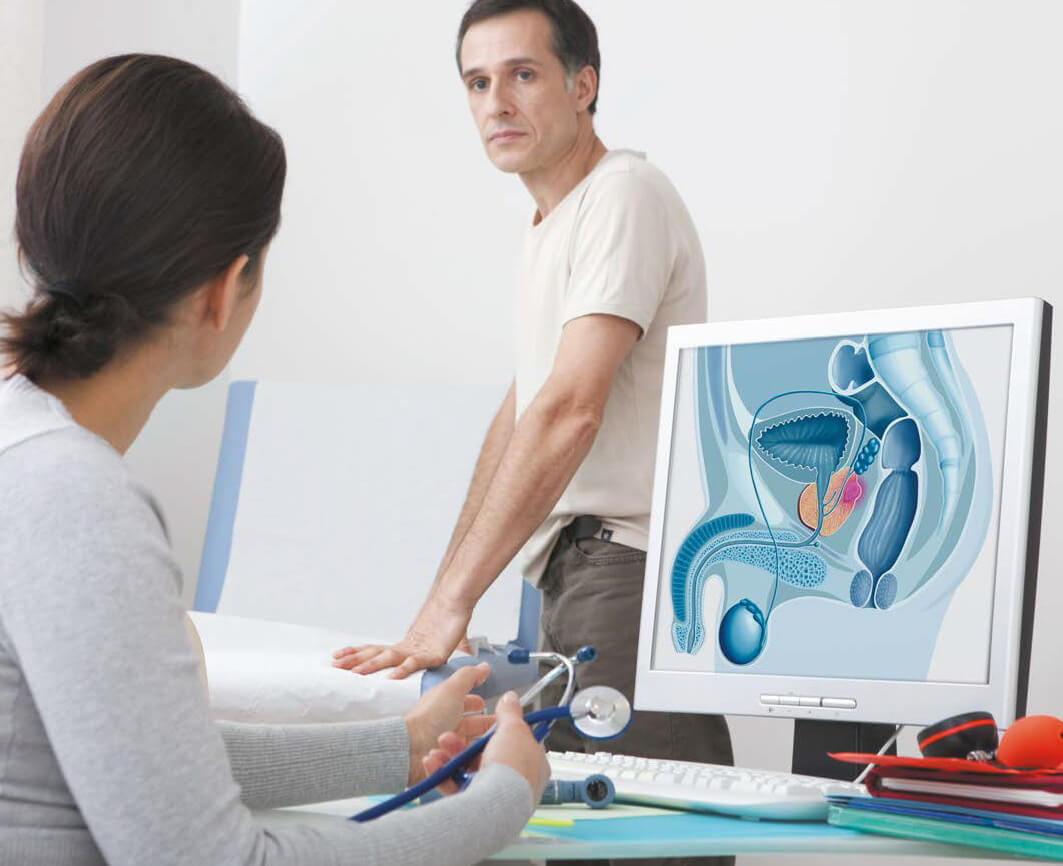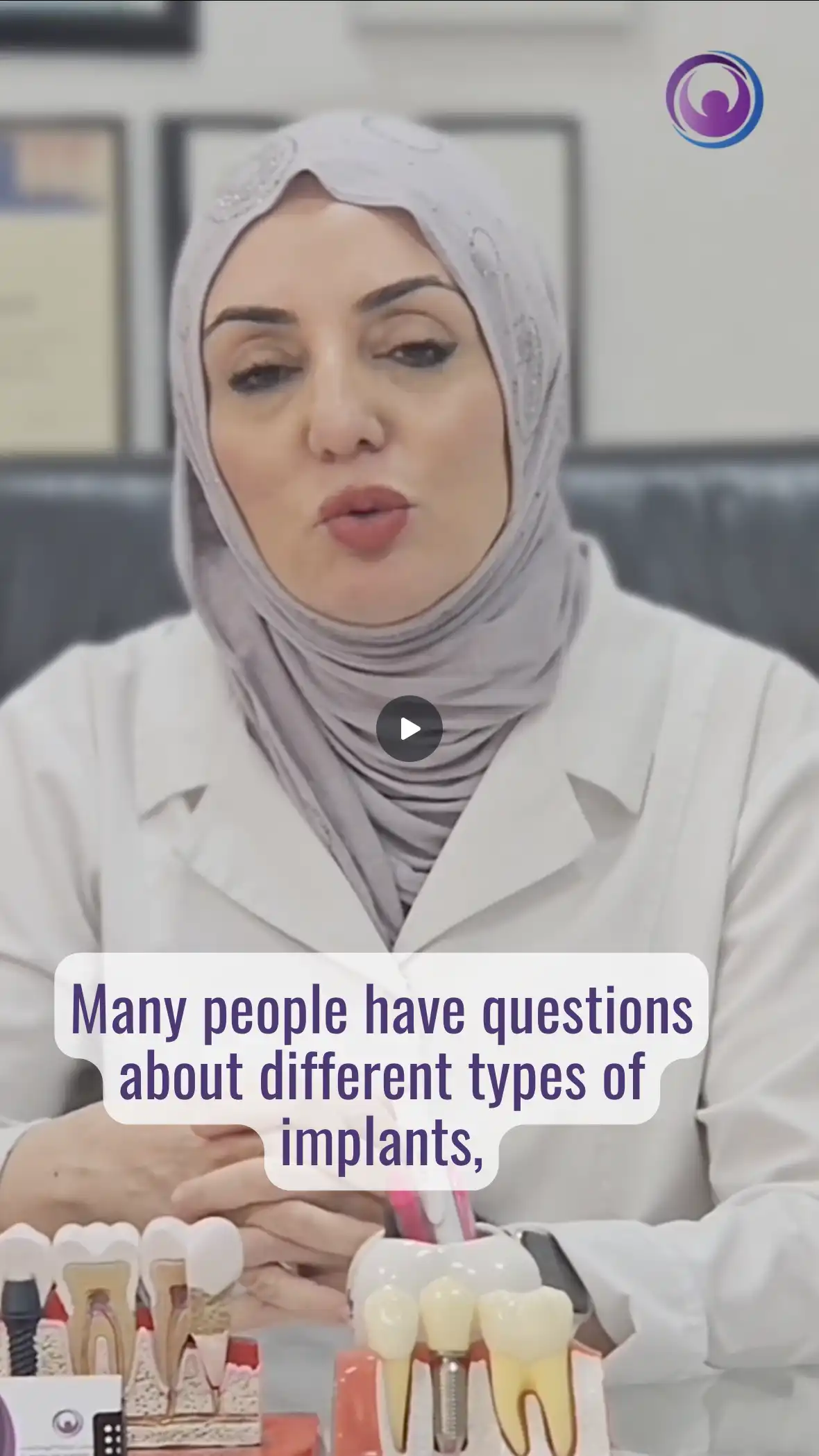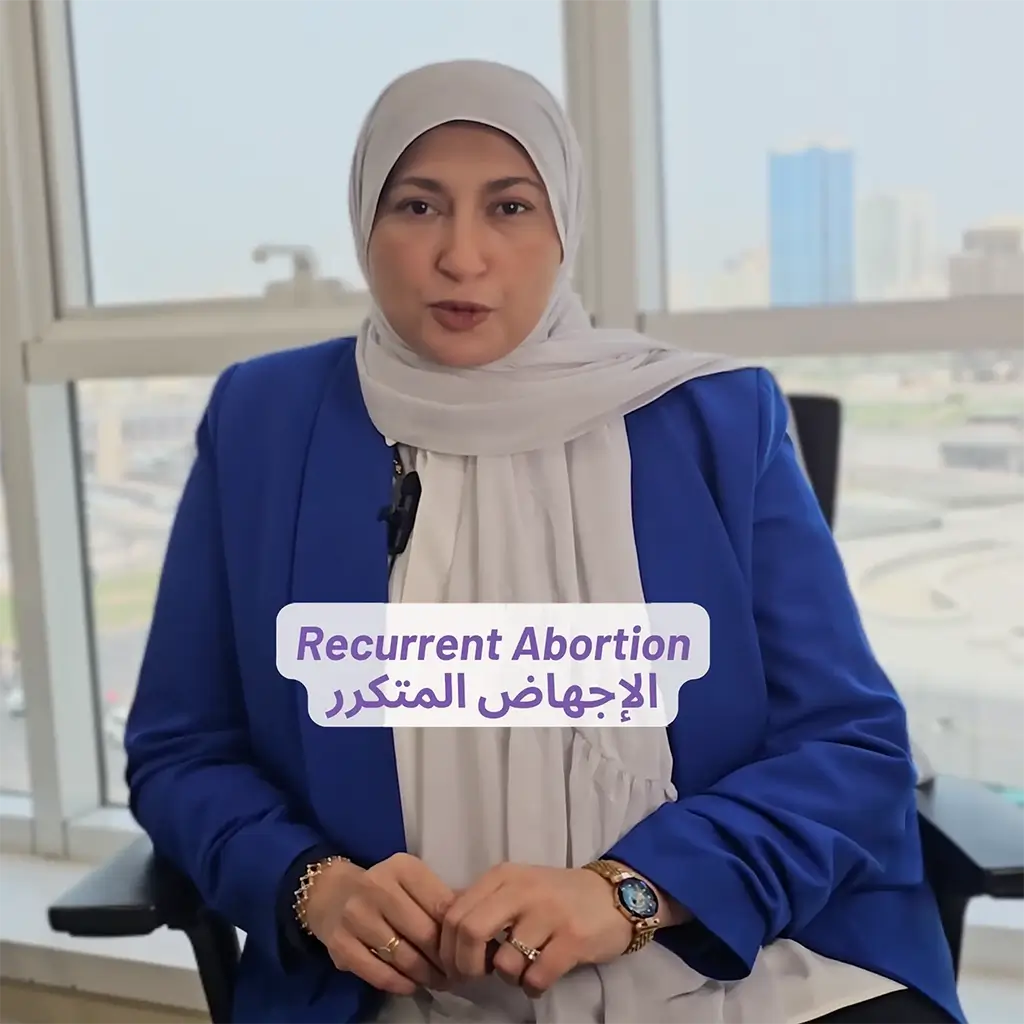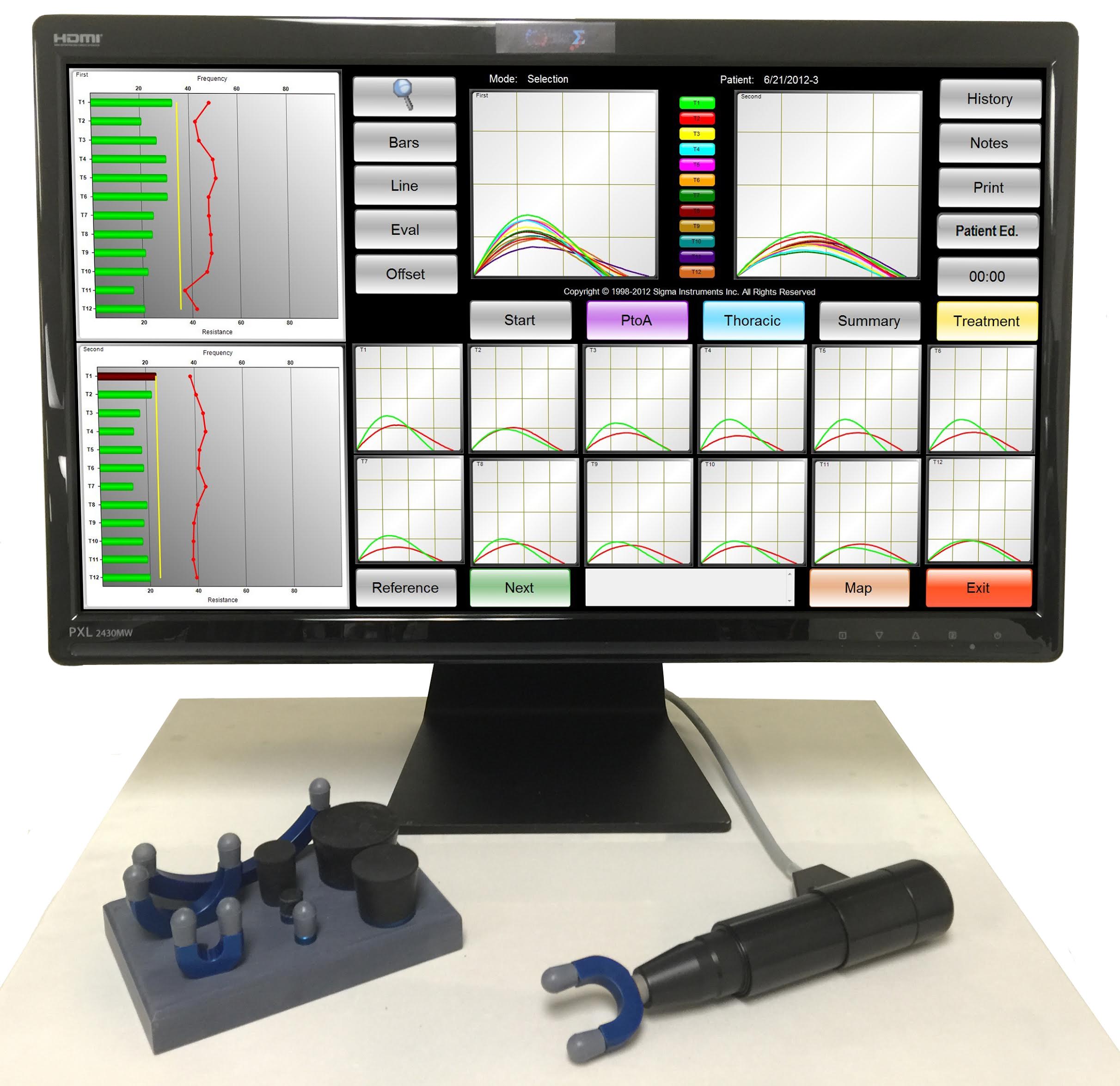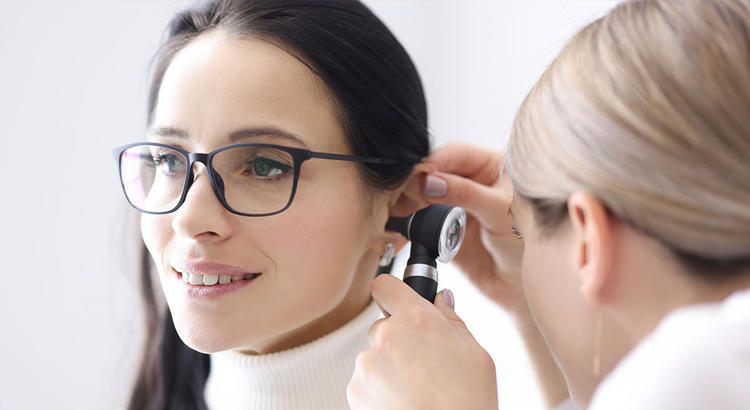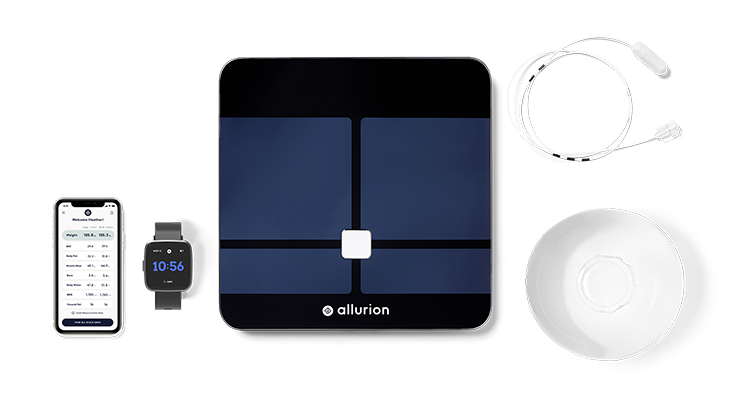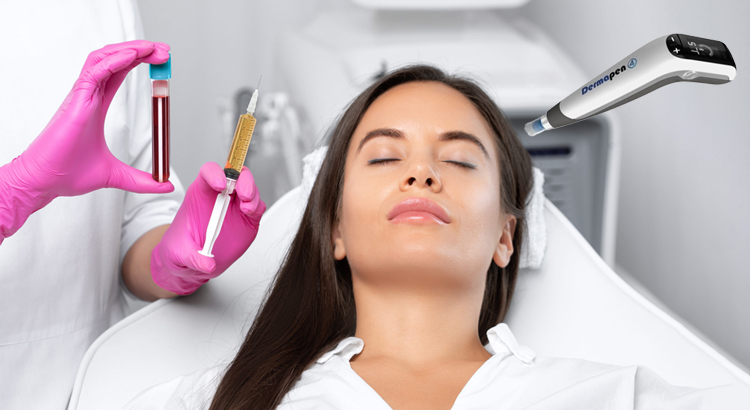Nasal Laser Turbinectomy: Benefits, Procedure, and Recovery Insights.
What Is Nasal Laser Turbinectomy?
Nasal laser turbinectomy is a cutting-edge, minimally invasive procedure designed to relieve nasal obstruction caused by swollen turbinates. The turbinates are structures in the nasal passages that can become enlarged due to allergies, infections, or chronic inflammation, leading to breathing difficulties and discomfort.
Using advanced laser technology, Dr. Habeeb Al Bitar precisely reduces the swollen tissue on the turbinates, improving airflow and restoring normal nasal function. This procedure is quick, effective, and provides long-lasting relief.
Why Choose Dr. Habeeb Al Bitar and Al Moosa Clinics?
- At Al Moosa Clinics, our patients benefit from the expertise of Dr. Habeeb Al Bitar, who has extensive experience in advanced ENT procedures. Here’s why you should choose us for your nasal care:
- Specialized Expertise: Dr. Habeeb Al Bitar is a trusted ENT specialist known for his precise and patient-centered approach.
- State-of-the-Art Facilities: Al Moosa Clinics is equipped with the latest technology for accurate diagnosis and effective treatment.
- Comprehensive Care: From consultation to recovery, our team ensures you receive personalized and compassionate care.
Benefits of Nasal Laser Turbinectomy
Patients who undergo nasal laser turbinectomy with Dr. Habeeb Al Bitar often experience significant improvements in their quality of life, including:
- Improved Nasal Breathing: No more constant congestion or difficulty breathing.
- Quick Recovery: Most patients return to normal activities within a few days.
- Non-Invasive Procedure: The laser technique minimizes discomfort and recovery time.
- Better Sleep Quality: Experience uninterrupted sleep with improved oxygen flow.
- Long-Term Relief: Unlike temporary solutions, this procedure provides enduring results.
What to Expect During the Procedure
Dr. Habeeb Al Bitar ensures that every patient feels comfortable and informed throughout the process. Here’s a step-by-step overview:
- Initial Consultation: A thorough examination and discussion to determine if nasal laser turbinectomy is right for you.
- The Procedure: Performed under local anesthesia, the laser reduces excess tissue on the turbinates with precision, ensuring minimal discomfort. The procedure typically takes less than an hour.
- Post-Treatment Care: Patients can leave the clinic on the same day and are given detailed aftercare instructions for a smooth recovery.
Recovery and Aftercare
- One of the many advantages of undergoing nasal laser turbinectomy at Al Moosa Clinics is the ease of recovery:
- Mild Symptoms: Some patients may feel minor nasal dryness or soreness, which subsides within a few days.
- Quick Resumption of Activities: You can return to work and daily life within a week.
- Follow-Up Support: Dr. Habeeb Al Bitar and our team will monitor your healing progress to ensure optimal results.
Is Nasal Laser Turbinectomy Right for You?
- This procedure is highly effective for individuals experiencing:
- Chronic nasal congestion
- Breathing difficulties unresponsive to medications
- Sleep disturbances due to nasal obstruction
- Persistent nasal inflammation caused by allergies
Patient Success Stories
- Patients at Al Moosa Clinics consistently praise the transformative impact of nasal laser turbinectomy performed by Dr. Habeeb Al Bitar:
- “Dr. Habeeb Al Bitar’s expertise is unmatched. After the procedure, I could finally breathe properly for the first time in years.” – Khalid A.
- “The care I received at Al Moosa Clinics was exceptional. The procedure was quick, and recovery was even easier than I expected.” – Ayesha R.
Book Your Consultation with Dr. Habeeb Al Bitar
Don’t wait—take the first step toward better breathing today. Contact Al Moosa Clinics to schedule your consultation.
With Dr. Habeeb Al Bitar’s extensive experience and Al Moosa Clinics’ world-class facilities, you’re in the best hands for your nasal health.

